Heritage Harvest Festival and Monticello Garden Tour
If you’ve been reading my blog for a while, you may know that I’m kind of an early American history nerd. Lucky for me, Virginia is rich with historical sites. I, along with some other Virginia bloggers, were recently invited to take a tour of Thomas Jefferson’s garden at Monticello (and even got to taste some of the food from it!) as part of the 6th Annual Heritage Harvest Festival. You may not know this about Jefferson, but he was a champion of sustainable agriculture. He experimented with different plants from other countries, beans from the Lewis and Clark expedition and was the first person to plant wine grapes here. Unlike most of his counterparts he ate a mostly vegetarian diet, most of which came from his own garden. He even grew sesame in an attempt to create a worthy salad oil. Today, the gardeners at Monticello work to showcase the garden as it was during Jefferson’s time.
During the Revolutionary Garden tour, we got an idea of things Jefferson would have grown and eaten during his time at Monticello. I learned that he collected seeds each year to save for the next season’s harvest, something the gardeners at Monticello continue to do. The best part of the tour was being able to pick lettuce and even flowers to add to our salads at lunch. I couldn’t help but feel a little giddy thinking about Jefferson walking through the garden and doing something similar. Our salads were topped with a salad dressing straight from Mary Randolph’s cookbook The Virginia Housewife, and I’ll be sharing the recipe soon. Our guides showed us all sorts of plants, but my favorite was the peanut plant. I’ve never seen a peanut plant before, and I love how it doesn’t give any clue as to what’s hiding underneath.
While there, we also got to try cheeses from a local farm, several varieties of heirloom tomatoes and two different types of watermelon. I made the mistake of letting Clara try the watermelon, and she actually growled at me when I took it away! Just look at her face in this shot from the event. She also took a bite of tomato and then tried to grab the rest of it from my hand. I’m not going to lie – I think it’s pretty awesome that Clara has already gotten a taste, literally, of history, and I hope she grows up appreciating good food and the places it comes from.
As if all that wonderful food wasn’t enough, there was also plenty of lavender lemonade and Virginia cider and beer. If you haven’t tried hard cider, I definitely encourage you to do so. One of the varieties I tried was made from the Virginia Hewe’s Crab apple, a type that Jefferson himself grew and used to make cider.
After lunch, we saw a chocolate making demonstration and got to taste hot chocolate made using a colonial-era recipe. This recipe is quite simple and includes ground chocolate and water. That’s it! Chocolate made during that time was infused with orange, vanilla, chili pepper, cinnamon and nutmeg, and each of those flavors came through in the drink. Colonial Americans didn’t enjoy chocolate the same way we do today. Rather than eating it, they drank it, much like we drink coffee now. Can you imagine having a glass of hot chocolate with breakfast or dinner? Since the colonists were rebelling against Britain and therefore its tea, chocolate became a symbol of the revolution. Jefferson believed that drinking chocolate would surpass coffee and tea in popularity. While that may not be the case, chocolate has firmly rooted itself in our everyday lives.
I’d like to give a big thanks to all the people that hosted and participated in this wonderful event, especially Lisa from the Thomas Jefferson Foundation who was incredibly helpful when I had my hands full with Clara (and a diaper bag and a camera and event packets). If you’re in or near Virginia, you should definitely check out the festival next year. Many thanks to Southern Exposure Seed Exchange, American Heritage Chocolate, Albermarle Ciderworks, Starr Hill Brewery and Caromont Farm.

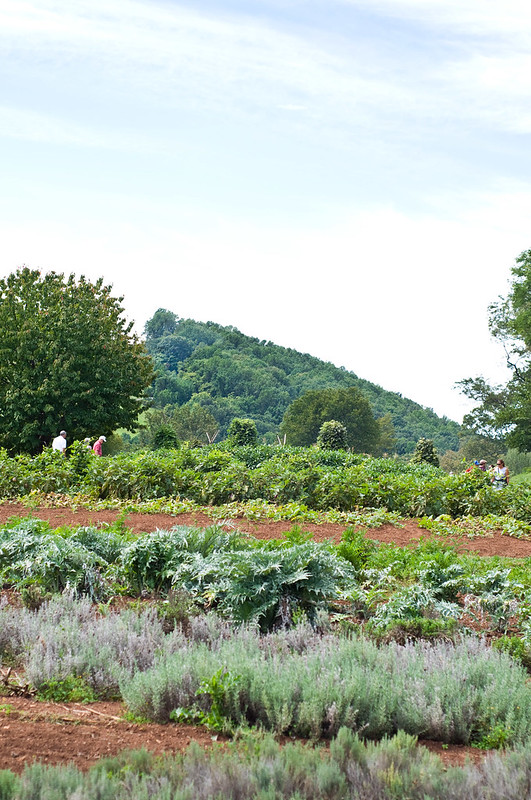
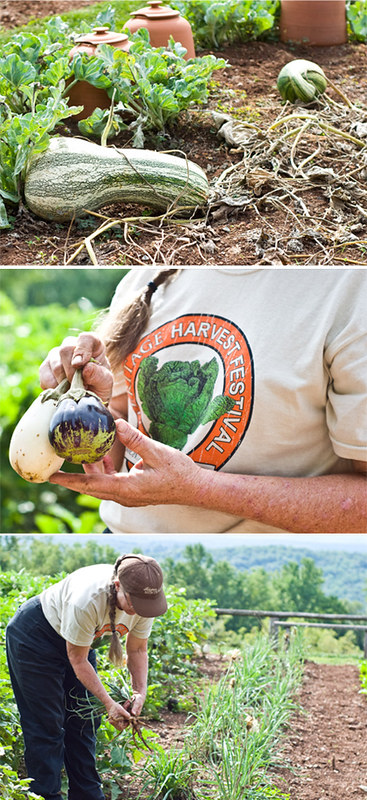
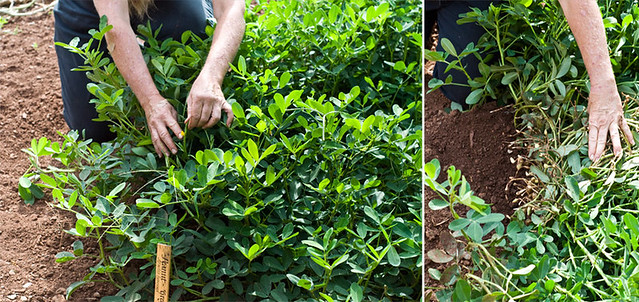
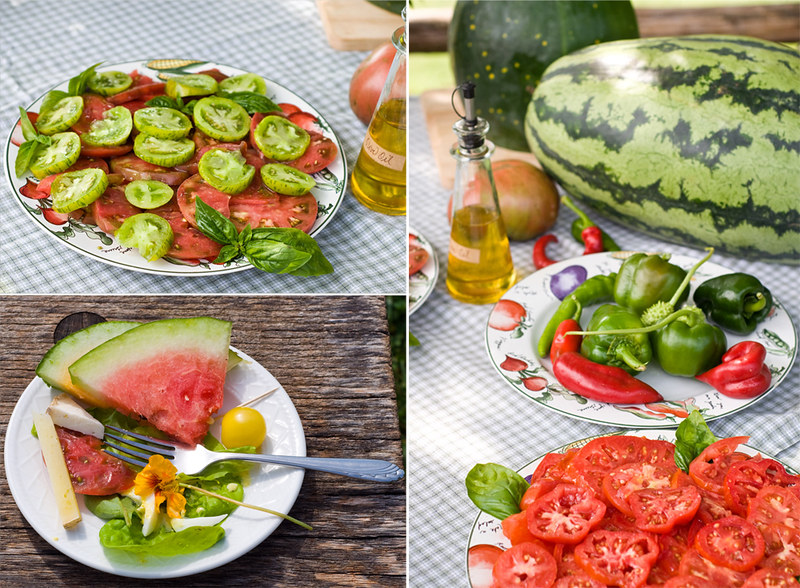

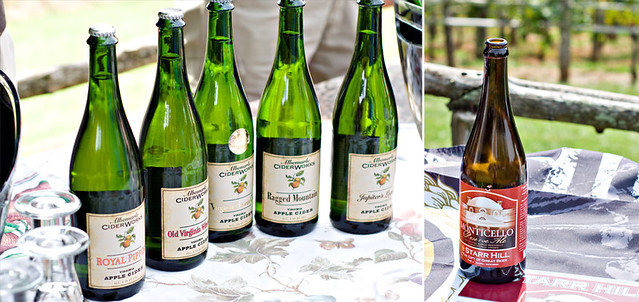

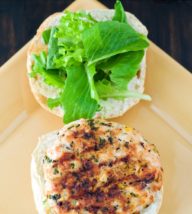
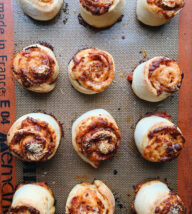

Oh I miss these experiences so much! Monticello is such a beautiful place; the history and atmosphere are truly breathtaking. What a wonderful day for you two!
I loved this post! I just moved to Charlottesville and can’t believe I missed this. Definitely going next year!
What a glorious visit! I’ve known about his seed saving practices – amazing to think that strains and varieties he bred and developed, are still available today thanks to seed saving.
Looking forward to that dressing recipe – The Virginia Housewife was the first cookbook here in the States, right?
I love the tomato pictures!
There was a great article about his gardens at Monticello in my last issue of Southern Living – you should check it out! Your visit there sounds like it was wonderful.